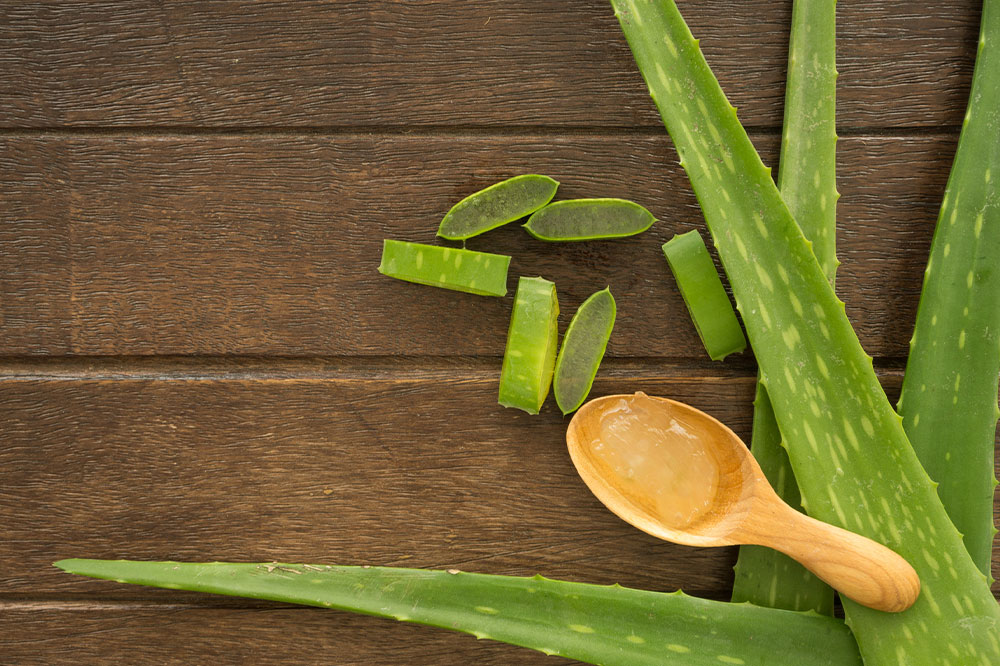
Plaque psoriasis – Symptoms, triggers, remedies, and more
Psoriasis is a chronic, autoimmune condition in which skin cells multiply at an unusually faster rate. Among various forms of this skin condition, plaque psoriasis is the most common, affecting 80-90 percent of about 8 million people living with psoriasis. Plaque psoriasis is characterized by raised, inflamed, and scaly patches on the skin that are often itchy and painful. Let’s learn various aspects of the disease that can help one manage it well.
Signs and symptoms
Many people with plaque psoriasis do not exhibit any symptoms except minor changes in the skin in the early stage of the disease. When symptoms develop, they appear in the form of raised, scaly patches of inflamed skin. In most cases, plaque psoriasis affects the torso, scalp, elbows, and knees and appears in the same areas of the body. It’s crucial to note that plaque psoriasis looks different in people with different skin tones. In general, they’re thicker and appear dark gray, purple, or brown in people with darker skin tones, whereas those with lighter tones notice red plaques covered with dead skin cells that appear silvery white.
Causes, triggers, and risk factors
Plaque psoriasis occurs when the immune system mistakenly attacks healthy cells, which causes new skin cells to grow much faster than normal, resulting in plaques. However, what makes the immune system behave this way isn’t clear. Researchers have identified several factors that can trigger plaque psoriasis. These include any form of skin injury, a bad sunburn, mental stress, illness and infections, changes in the weather, and certain treatment options. Researchers also think that an individual’s genes and family history play a role in developing the skin condition.
Natural remedies
Here are some of the most effective natural remedies for plaque psoriasis:
Aloe vera: Gel from fresh aloe leaves has long been used to treat skin wounds and can also help reduce scaling and inflammation caused by the skin condition.
Moisturizers: Moisturizing creams, or emollients, helps lock water in the skin, encouraging healing and reducing redness, itching, and flaking.
Salt baths: A lukewarm bath with Epsom salt is one of the most popular home remedies for plaque psoriasis. Make sure to apply moisturizer right after the bath for double benefits.
Meditation: Since stress is one of the main triggers for psoriasis, it’s important to control it through relaxation techniques, such as meditation.
Eating habits
Eating and avoiding certain foods can help manage plaque psoriasis:
Foods to eat
Salmon: This fatty fish contains omega-3s, which have powerful anti-inflammatory properties that can lower psoriasis-related inflammation.
Berries: All berries, including blueberries, blackberries, and raspberries, are loaded with various antioxidant compounds to help alleviate symptoms.
Spinach: Dense in nutrients, this leafy green contains many antioxidants that help reduce inflammation and protect skin cells from damage.
Foods to avoid
Dairy: Dairy products tend to be high in saturated fat, which is known to increase inflammation.
Candies: Loaded with sugar, candies can boost inflammation and exacerbate the skin condition.
Red meat: Beef, pork, and bacon are high in saturated fat and omega-6s, both pro-inflammatory.
Treatments
Various treatment options are available for plaque psoriasis. Doctors typically prescribe a treatment plan depending on an individual’s symptoms and triggers. Some common treatment options include:
Topicals: These are corticosteroids, and non-steroids applied directly to the skin to soothe redness, itchiness, and symptoms of inflammation.
Phototherapy: Also known as light therapy, phototherapy uses light to reduce the turnover of skin cells, preventing plaque psoriasis flares.
Biologics: This targeted therapy aims to block proteins that play a role in causing plaque psoriasis.
Oral treatments: These treatments help calm the overactive immune response.




